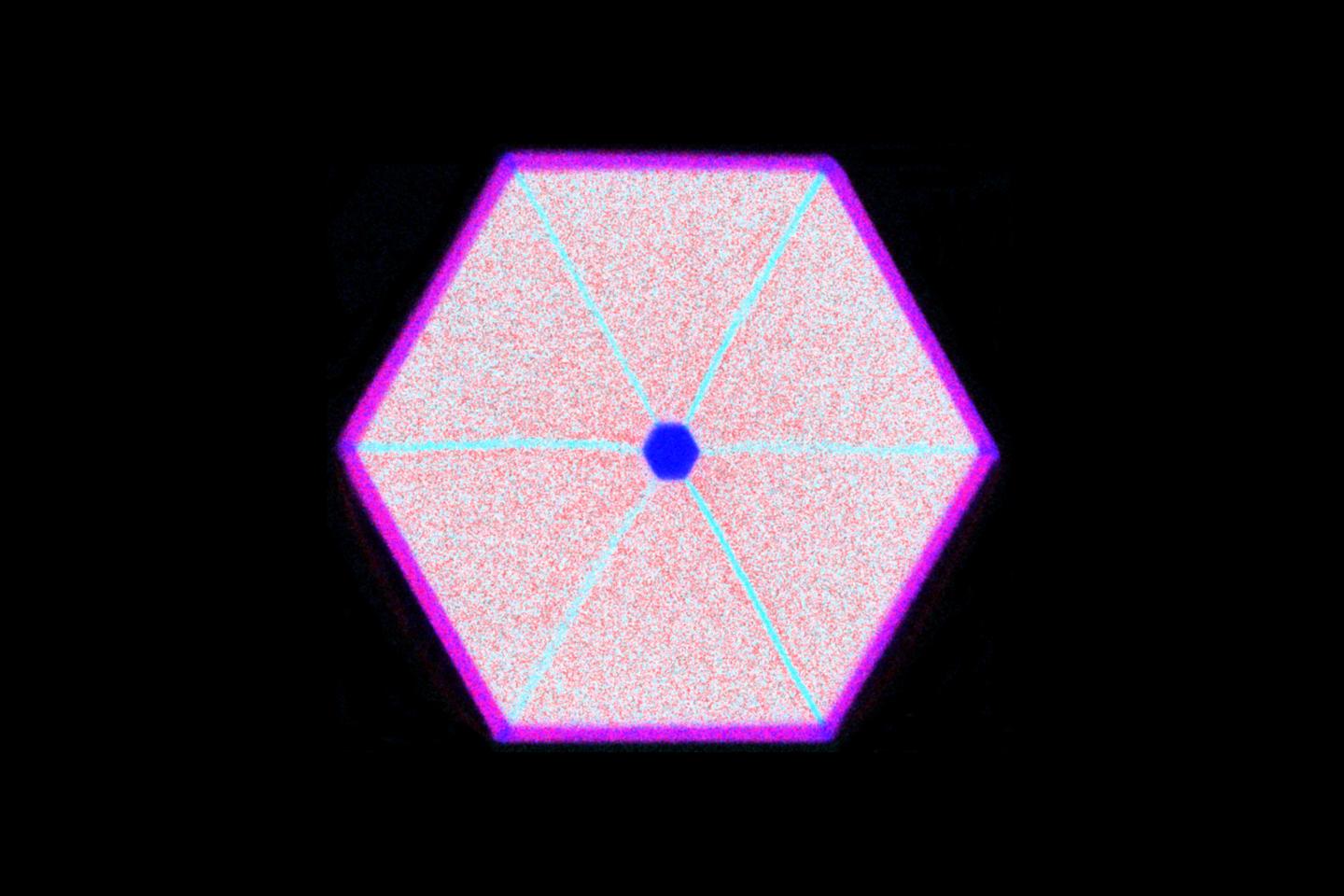Researchers at the German Helmholtz-Zentrum Dresden-Rossendorf (HZDR) have produced nanowires with operating wavelengths that can be freely selected over a wide range by altering the shell structure. Fine-tuned nanowires are able to improve efficiency of various optoelectronic components, making LEDs more colorful and solar cells more efficient, in addition to speeding up computers. The research results were published in Nature Communications in June.
Nanowires can be used for miniaturized photonic and electronic components in nanotechnology. Applications include optical circuits on chips, novel sensors, LEDs, solar cells and innovative quantum technologies. It is the free-standing nanowires that ensure the compatibility of more recent semiconductor technologies with conventional silicon-based technologies. Since contact to the silicon substrate is tiny, they surmount typical difficulties in combining different materials.

(HZDR / R. Huebner)
The researchers first set about growing nanowires from the semiconductor material GaAs on silicon substrates. The next step involved enclosing the wafer-thin wires in another layer of material to which they added indium as an additional element. Their goal was to induce a mechanical strain in the wire core with mismatched crystal structure of the materials. The electronic properties of GaAs can be changed accordingly. For instance, the semiconductor bandgap becomes smaller and the electrons become more mobile. To magnify this effect, the scientists kept adding more indium to the shell, or increased the shell's thickness. The result went way beyond expectations.
"What we did was take a known effect to extremes," explained Emmanouil Dimakis, leader of the study that involved researchers from HZDR, TU Dresden and DESY in Hamburg. "The seven percent of strain achieved was tremendous."












